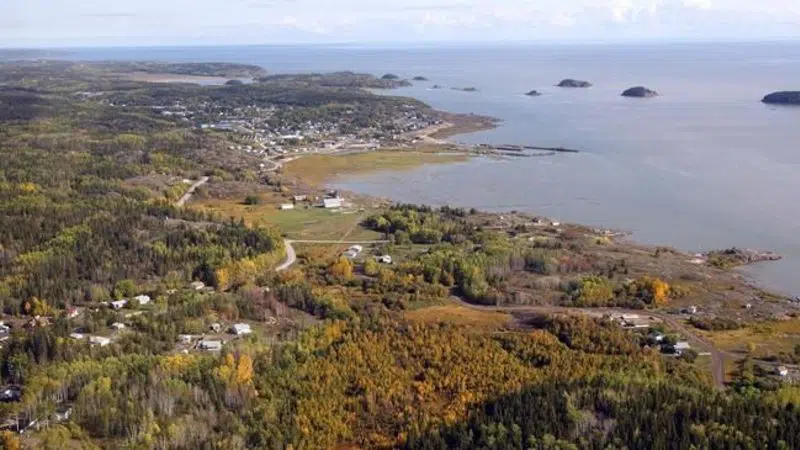
UNESCO gives Canada new deadline to preserve Wood Buffalo National Park
A United Nations body has given Canada a new deadline to repair the country’s largest national park and the government is promising greater efforts to stop its deterioration.
At a meeting this week in Baku, Azerbaijan, UNESCO praised Canada for measures it has taken to stop the toll that industrial development and climate change have taken on the Wood Buffalo National Park World Heritage Site.
But it said the park’s status could be endangered because of impacts from hydro development in British Columbia and dozens of oilsands projects in Alberta — including one planned for 30 kilometres from the park.
“(UNESCO) notes with serious concern the downward trend,” its world heritage site committee said Wednesday. “Continued deterioration … could eventually constitute a case for inscription of the property on the List of World Heritage in Danger.”
